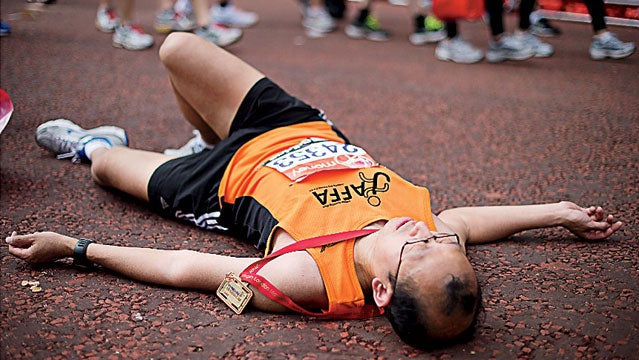First, the bad news: it takes only about 8 to 12 days to lose cardiovascular training adaptations. “They’ll decline by half in about 12 days if you do nothing at all,” says Edward Coyle, director of the at the University of Texas at Austin. Your VO2 max will plunge, as will your lactate threshold and your body’s ability to oxidize fat, making muscles more reliant on glycogen as fuel. At three weeks, your strength will decline and your finely toned calves and quads will atrophy about 1 to 5 percent, especially if you’ve been lifting weights. And it doesn’t matter how spectacularly fit you were at the time of your 26-mile run; everyone’s fitness declines. “The fitter you are, the harder you fall,” Coyle says.
But here’s the good news: there’s a way to stall the decline in fitness without having to log tons more miles on the road or trail. “As long as you maintain high intensity, you can reduce volume by 60 to 80 percent, and that will help you preserve your training adaptations,” says Iñigo Mujika, director of physiology and training at Spain’s . You can still veg out on the couch to your heart’s content, but if you want to maintain a solid fitness base between now and your next challenge, make sure to squeeze in at least one or two 30-minute workouts per week that include intervals performed at 80 to 90 percent of your maximum heart rate.


